Cambay Bay Civilization India
May 19, 2001 official year of the Indian government announced that on the coast of Gujarat in the Gulf of Khambat found ancient ruins of civilization. The discovery was deliberate: sonar scan of coastal pollution area and at 30-40 m depth found regular, geometric form of education Total length up to 9 km. In his statement, the authorities submitted discovering the object as a large settlement before the Indus valley civilization, on condition that the discovery resembles the culture of Harappa.
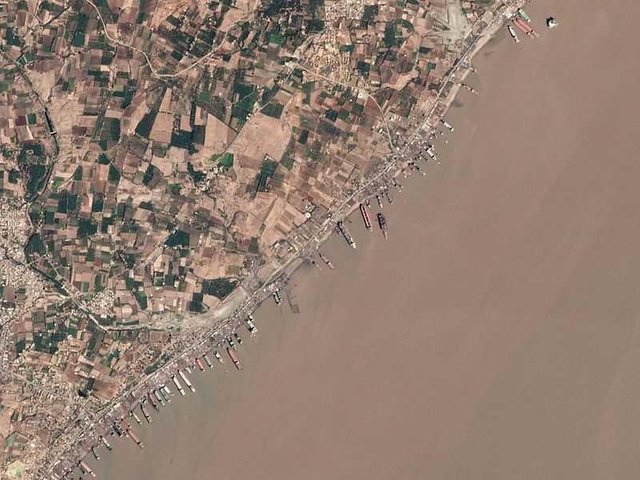
In official science, it was previously believed that civilizations reaching a high level of development did not exist at all until the year 3500s. BC
In November 2001, archaeological surveys were again conducted, this time by dredging to determine the artifacts. Among the latter found pieces of wood, pottery, stones with marks of erosion, fossil bones. All items found are shipped to the National Research Institute of Hyderabad for study. Scientists can date several wooden artifacts - it is 9.5 thousand years old.
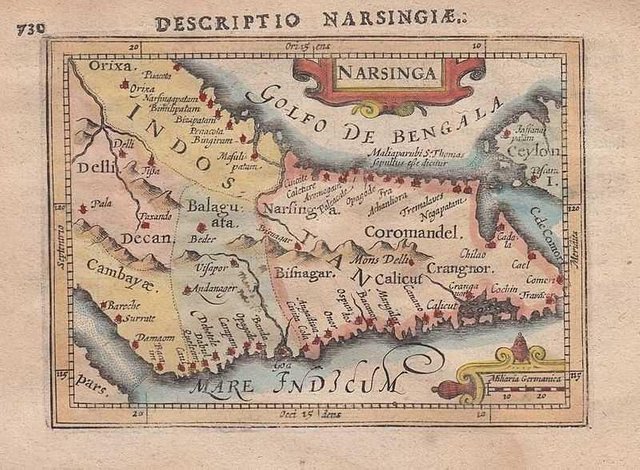
Prior to this discovery, several decades have been a discussion in the scientific community of the Harappa civilization phenomenon (present in 3000s BC). The archaeological expedition at Cambay Bay received entirely new information, it seems that the Harappan civilization came from more ancient and drowning ocean waters.
Undeniably is the fact that some centers of civilization are under water as a result of melting glaciers. Glen Milan, a specialist at Durham University (UK), prepared a map of the area that was allegedly hit by a flood. When they saw them, it became very clear that the Cambay Bay areas were up to 5600 BC. is the land, and floods in these lands occurred after 4900 BC.
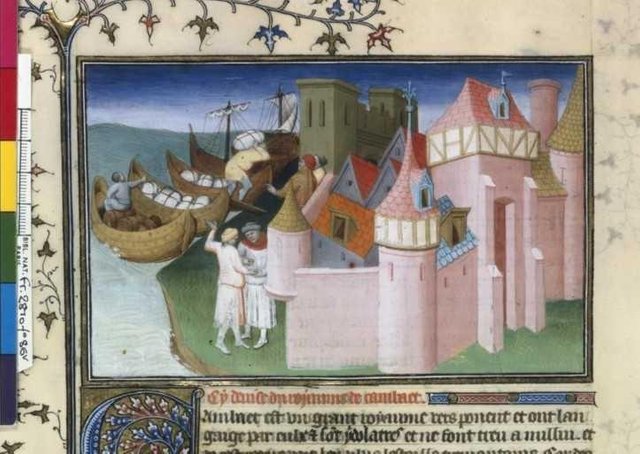
The last (more geologic) survey in the Gulf was conducted between October 2003 and January 2004. On the site, sub-bottom and magnetic surveys were performed, lateral scans. The whole field of research is a zone of high tectonic activity. In recent centuries there has been a strong earthquake, including the earthquake of 1819 (8.3 points) and relatively new - January 26, 2001 (8 points). Strong movements like the earth's crust are always associated with decreases in some surface areas and the appearance of others.
The study of crust at Cambay Bay was carried out by several groups using different technologies, they confirmed the error. The geological process causes the rise and fall of the soil with an amplitude of 30 meters. A study of the sand layer leads to the conclusion that the area on the outskirts of the Gulf - having Kathana, Lothal and Motibana - has traces of earthquakes around 780, 1983 and 5540 years. BC
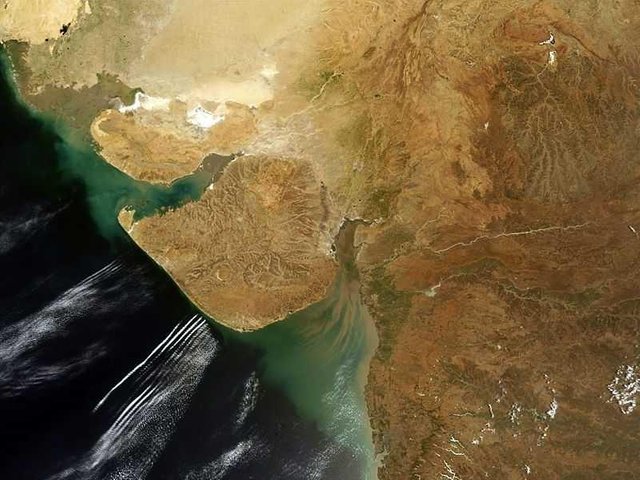
This fact only adds confidence in the conclusion. Indeed, the southern part of the Cambay civilization capital was flooded around 5600 BC. Obviously, escaping from a climate disaster, the population migrated deep into the continent and, having settled there, established a new settlement. But also in about 2000 BC. became the target of the destructive power of the elements, and in 780 BC. Recent earthquakes cause the region's final immersion under water.
The echoes of these fatal events have been preserved in the local dialect of cacci nationality, whose songs tell of the four great cities of ancient times. Probably about Mohenjo-Daro, Harappa, and Dholavir. Where's the fourth city? Most likely, they are the capital of Cambay civilization, which has gone to the bottom of the ocean.
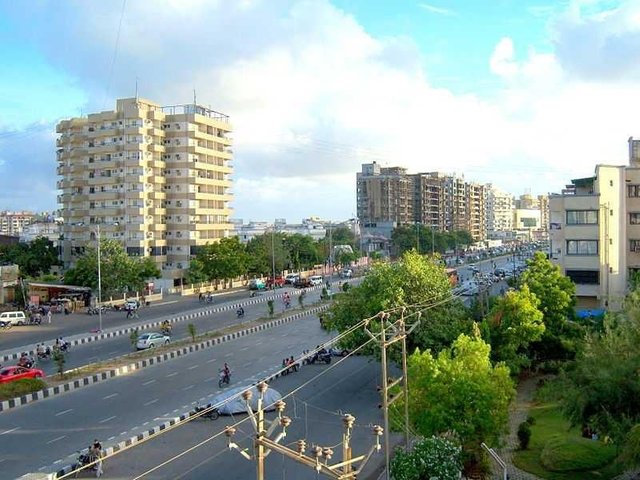
Another important evidence of a global disaster is the ruins of Dvaraka today. This place is identified as the remains of the ancient city of Krishna (in accordance with the testimony of the Mahabharata). As a disciple of Krishna, Arjuna, this city is completely destroyed by the element of water. But it's almost no capital: there's not enough fresh water, while the prospective capital stands on the banks of a wide and full river.
There is another fact which confirms the Cambay version of flooding the capital, - the presence of many ancient settlements (they found over five hundred), they all belong to the Harappa civilization period, about 260 of them found in Gujarat, namely on the outskirts of the region adjacent to Cambay Bay. Obviously, after soaking coastal settlements, people are scattered throughout Gujarat and subsequently founded a new civilization of the Harappa type.
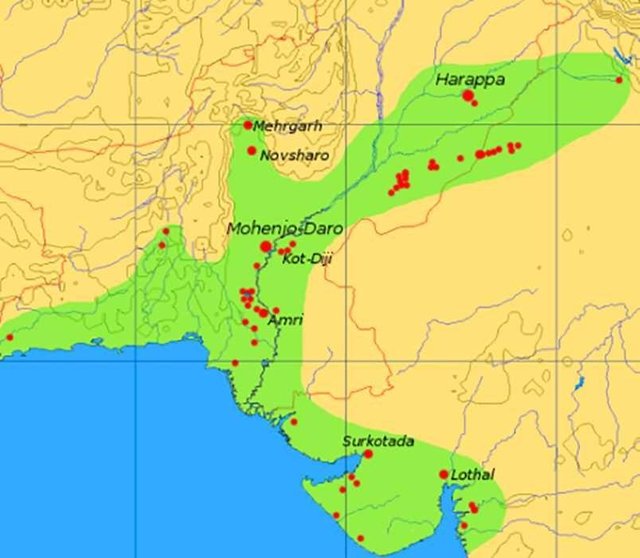
Thus, the expedition to Cambay Bay garnered considerable justification for the conclusion: the Cambay, as a prehistoric civilization existed from 11,000 to 1,000 years. BC, it is 7.5 thousand years older than the oldest (we know to date) the Mesopotamian urban civilization. In addition, Cambay with a growing culture is the prototype of the subsequent Harappa civilization.
However, the study is not yet complete and the number of artifacts found shows that people lived in this region and 30 thousand years ago. They created an unknown yet prosperous civilization, obviously erased from the face of the earth by the flood of the universe.